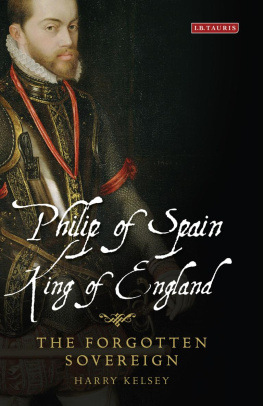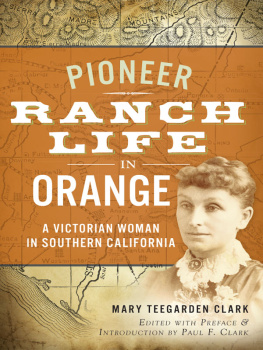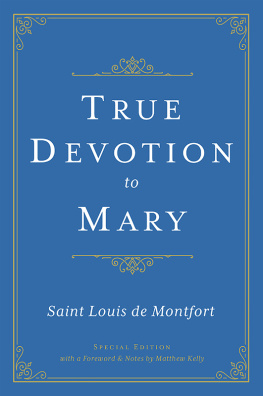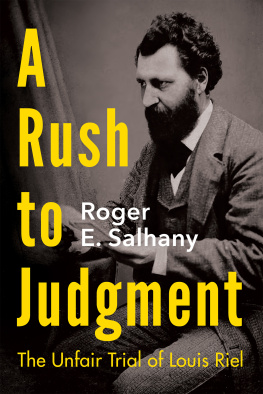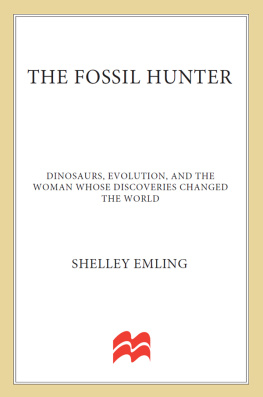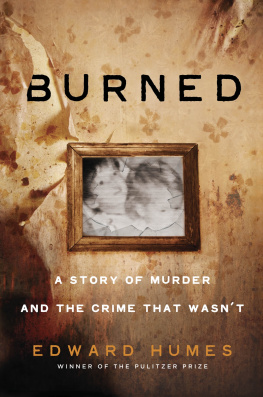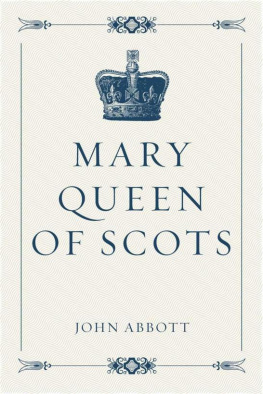
Burned at the Stake
Burned at the Stake
The Life and Death of Mary Channing
Summer Strevens
First published in Great Britain in 2017 by
Pen & Sword History
An imprint of
Pen & Sword Books Ltd
47 Church Street
Barnsley
South Yorkshire
S70 2AS
Copyright Summer Strevens, 2017
ISBN 978 1 47389 872 1
eISBN 978 1 47389 874 5
Mobi ISBN 978 1 47389 873 8
The right of Summer Strevens to be identified as Author of this work has been asserted by her in accordance with the Copyright, Designs and Patents Act 1988.
A CIP catalogue record for this book is available from the British Library.
All rights reserved. No part of this book may be reproduced or transmitted in any form or by any means, electronic or mechanical including photocopying, recording or by any information storage and retrieval system, without permission from the Publisher in writing.
Pen & Sword Books Ltd incorporates the Imprints of Pen & Sword Books
Archaeology, Atlas, Aviation, Battleground, Discovery, Family History, History,
Maritime, Military, Naval, Politics, Railways, Select, Transport, True Crime,
Fiction, Frontline Books, Leo Cooper, Praetorian Press, Seaforth Publishing,
Wharncliffe and White Owl.
For a complete list of Pen & Sword titles please contact
PEN & SWORD BOOKS LIMITED
47 Church Street, Barnsley, South Yorkshire, S70 2AS, England
E-mail:
Website: www.pen-and-sword.co.uk
Acknowledgements
I must open these acknowledgements with my indebtedness to one who is nameless the author of the five letters making up the only contemporary publication devoted to the life, trial and execution of Mary Channing, the Serious Admonitions to Youth , published in the year of her death. Though their identity is a question yet to be answered, I have tentatively named him in last chapter of this book, the identification made with the assistance of Mike Russell, On-line Parish Clerk for Dorchester & Fordington, to whom I also owe untold thanks for his kindness in allowing me access to his tireless and meticulous research into the life and death of Mary Channing, and for his views, comments and forgiving patience in the face of my many questions, all contributing immeasurably to the writing of this book.
I would also like to express my gratitude to Mr Jim Smith, a descendant of Thomas Brookes, the youngest brother of Mary Channing, for sharing with me the fascinating ancestral links his research has uncovered; the graves of Thomas, his wife Martha and their son Edward can be found in the churchyard of St Michaels at Stinsford near Dorchester, where Thomas Hardys heart is also interred, alongside the grave of his first wife Emma Lavinia Gifford, and next to whom his second wife, Florence Dugdale Hardy is also buried.
As Hardys inspirations and writing have been integral to my research (and indeed have provided the title for this book) I must also thank Dr Tony Fincham, Chairman of the Thomas Hardy Society, who has been exploring Hardys Wessex for the last thirty-five years, and needless to say is an authority on the great man, and proved most obliging in sharing from his own published studies.
I would also like to extend my thanks to Charlotte Green from the Dorset History Centre for her assistance with my enquires into the County archives, as well as Anna Butler, Secretary of the Dorset County Museum, Brian Hellin, Churchwarden at St Peters, Dorchester and June Jenkins who runs the Parish Office for Dorchester & The Winterbournes Team Ministry.
Thanks are also due to my publishers for their support and encouragement and in particular to my editor Carol Trow for honing the present manuscript.
Finally, I am indebted to my partner, Jack Gritton, without whose help and support, in the face of my woeful IT abilities, I would have been thrown into a familiar panic!
To all those mentioned above, and everyone else who has given of their time, guided and shared in their knowledge and insights, and without whose generosity and goodwill this book might never have been written, Thank You.
Summer Strevens
Introduction
I first came across Mary Channing while researching another book, which, among the other real life inspirations behind some of the characters portrayed in historic and contemporary popular fiction, included the real life inspiration for Thomas Hardys Tess of the DUrbervilles . Certainly the execution of Martha Brown, the last woman to be publicly hanged in Dorset and witnessed by the fascinated 16-year-old Hardy, amongst an estimated crowd of 4,000 onlookers, made such an impression on the then architecture apprentice that, even seven decades later, Hardy could vividly recall the macabre scene, what a fine figure she showed against the sky as she hung in the misty rain and how the tight black silk gown set off her shape as she wheeled half round and back. Yet the tragic end to Martha Browns life on that drizzly August morning in 1856, on the gallows erected over the gateway of the new entrance leading to Dorset County Gaol, facilitating the assembled crowds the best possible view, was not the only dark inspiration Hardy drew from the town that he would later immortalise as Casterbridge; details of Mary Channings execution, the last woman to be strangled and burned at the stake in Dorset not only appearing in The Mayor of Casterbridge. Her story was also the inspiration for Hardys poem The Mock Wife .
The heavily attended public burning of the unfortunate 19-year-old Mary Channing took place in 1706, following her conviction for the murder of her husband, she having allegedly poisoned Thomas Channing a little over thirteen weeks after the unsatisfactory marriage into which she had been cajoled by her parents, and at whose feet the blame for the development of Marys wayward character has also been laid. When brought before the justices, she had the opportunity to defend herself and, according to the presiding judge, apparently did so very capably. She stood little chance against the two barristers and many prosecution witnesses, whose testimony was decidedly coloured by the widely acknowledged tarnish to Marys character; the jury took only half an hour to find her guilty. Yet on pronouncement of the death sentence, Mary pleaded her belly which meant the postponement of her execution until after she had given birth to her child in gaol, the recourse of many condemned women, understandably desperate to delay the inevitable.
After the birth of her son, whose name was intentionally omitted from the contemporary records in order to provide him with a degree of anonymity in view of his blackened parentage, though Mary was seriously debilitated after the rigours of a prison delivery childbirth was a risky enough business without the added complications of the prevalent conditions of filth which existed in prisons at the time her sentence was nevertheless reinstated, and the execution of this weakened and emaciated young woman was made into something of a county fair. The perversely enjoyable distraction of a public execution was a tasteless yet grim reality, one which attracted 10,000 spectators who gathered to view Marys barbaric ordeal upon the floor of Dorchesters ancient Roman Amphitheatre, Maumbury Rings. Doubtless, the notoriety of the condemned prisoner accounted for the large draw; the ample spectator capacity and the arrangement of this former gladiatorial venue certainly afforded a good view, though the baying masses assembled that afternoon were to be kept waiting for the main event (two prior hangings had taken place at noon) as, incredible as it may seem, Marys execution was delayed until 5 oclock while the under-sheriff finished his tea.
Next page


